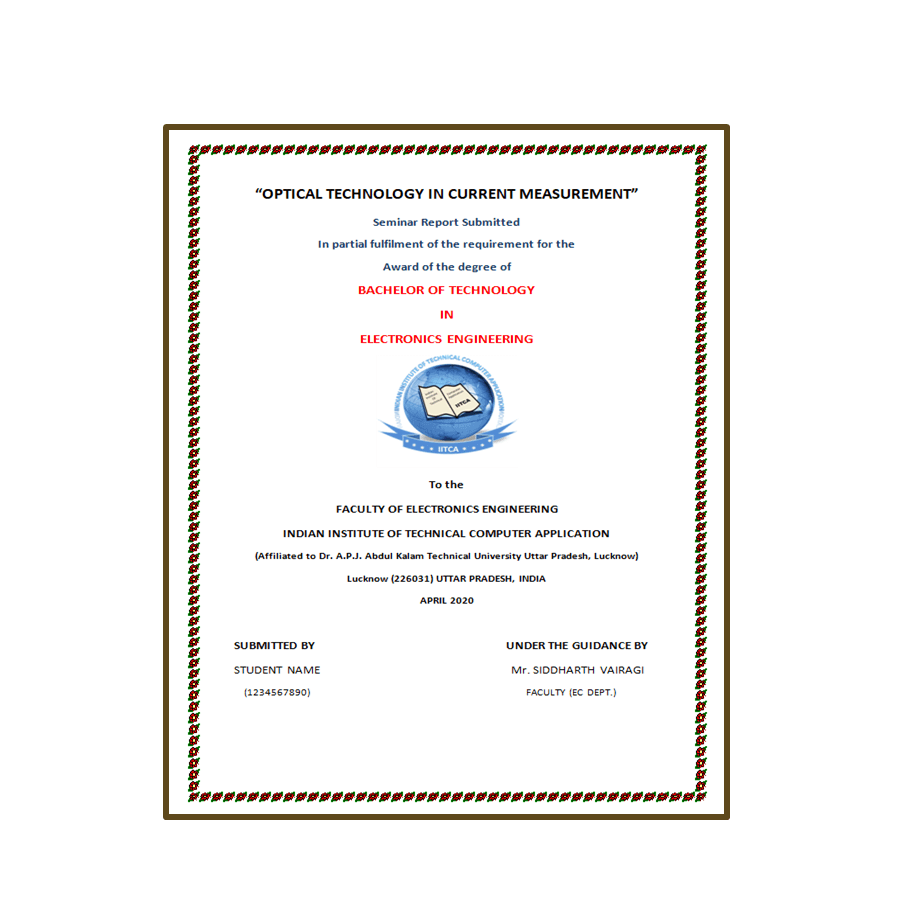Description
INTRODUCTION
Over the past 15 years, optical current sensors have received significant attention by a number or search groups around the world as next generation high voltage measurement devises, with a view to replacing iron-core current transformers in the electric power industry. Optical current sensors bring the significant advantages that they are non-conductive and lightweight, which can allow for much simpler insulation and mounting the designs. In addition, optical sensors do not exhibit hysteresis and provide a much larger dynamic range and frequency response than iron-core CT’s. A common theme of many of the optical current sensors is that they work on the principle of the Faraday effect. Current measurement plays an important role in protection and control of electric power systems.
Optical Technology In Current Measurement Seminar Report
Page Length : 26
Content :
- Introduction
- Optically Powered Current
- Transformer
- Overview
- Description
- Current Transformer
- Signal Column
- Fiber Optic Cable
- Fiber Optic Current Sensor
- Basic Configuration
- New Configuration
- Polarizer Response and Operating Points.
- Transformer
- Advantages
- Applications
- Appendix
- Conclusion
- References/ Bibliography








Reviews
There are no reviews yet